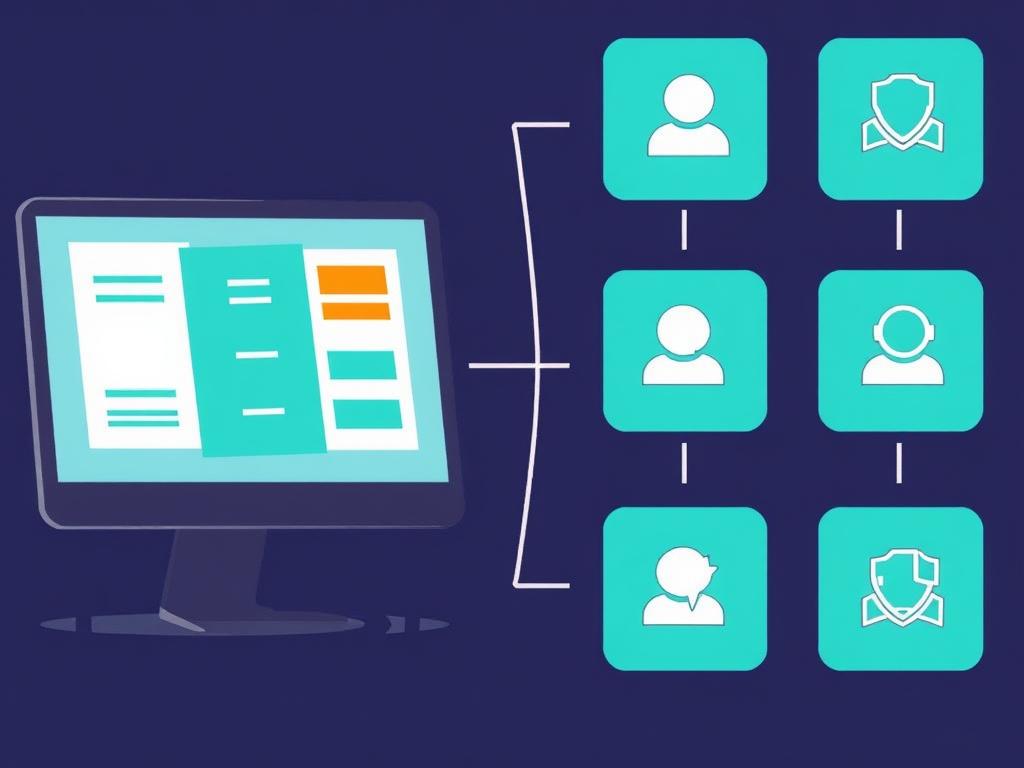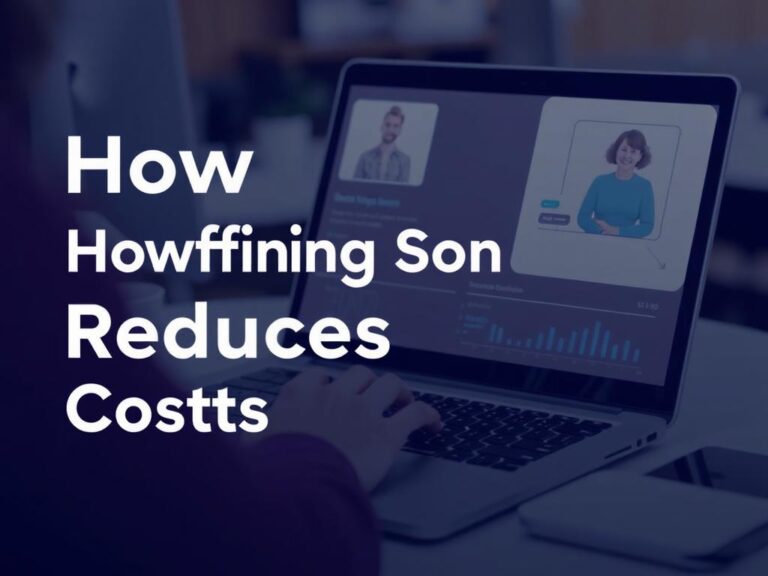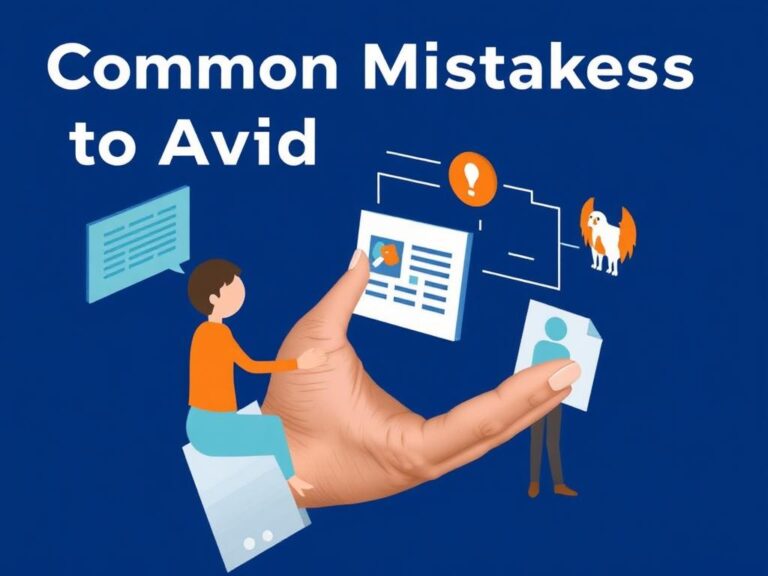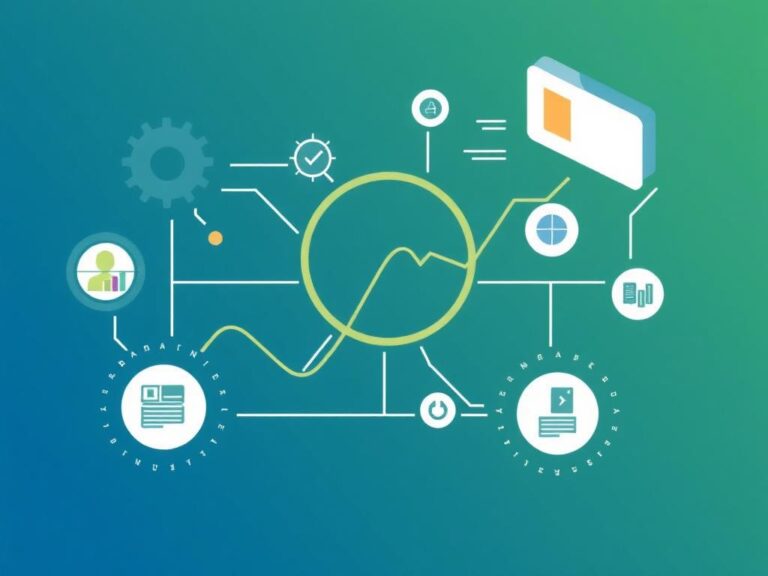How to Manage Freelancers and Gig Workers with Staffing Software
Managing freelancers and gig workers has become a pivotal part of today’s business landscape. The rise of the gig economy has given companies access to a vast pool of talent, offering flexibility and cost-effectiveness. However, this also brings its own set of challenges—how do you efficiently track hours, assign tasks, communicate effectively, and ensure payment accuracy when you’re working with a distributed, often temporary workforce? This is where staffing software enters the picture, transforming the way businesses manage freelancers and gig workers. In this article, we’ll explore how to manage freelancers and gig workers with staffing software, breaking down the benefits, features to look for, and tips for making the most of these digital tools.
Why Managing Freelancers and Gig Workers is Different

The way businesses handle freelancers and gig workers differs significantly from managing full-time employees. Freelancers often juggle multiple contracts simultaneously. They might work remotely from anywhere in the world, operate on flexible schedules, and require varying levels of supervision. That flexibility is a great advantage but also a coordination challenge—without the right system in place, it’s easy for tasks to fall through the cracks or payments to be delayed.
Staffing software tailored to managing freelancers addresses these pain points by offering streamlined solutions designed specifically for this kind of workforce. Using staffing software to manage remote workers isn’t just about plugging a gap; it can dramatically improve efficiency, communication, and reliability.
Key Features to Look for in Staffing Software
Not all staffing software is created equal. When your goal is to manage freelancers and gig workers effectively, you want software that supports the unique nature of this workforce. Below is a table outlining the key features you should prioritize:
| Feature | Description | Benefit for Managing Freelancers |
|---|---|---|
| Time Tracking | Tools for freelancers to log billable hours easily. | Ensures accurate payments and project tracking. |
| Task Assignment & Management | Assigning tasks and deadlines with clear status updates. | Keeps projects organized and deadlines met. |
| Automated Invoicing & Payments | Streamlined billing processes to automate payouts. | Reduces payment errors and speeds culture of trust. |
| Communication Tools | Built-in messaging, video calls, or integrations with popular apps. | Maintains clear and constant communication despite remote locations. |
| Compliance & Documentation | Storage of contracts, tax forms, and verification. | Ensures legal requirements are met and risk is minimized. |
How Staffing Software Simplifies Freelancer Management

Implementing staffing software for freelancer management removes many of the manual tasks that can overwhelm HR or project managers. For example, time tracking is a critical but tedious process, especially when freelancers are scattered globally and work different schedules. Staffing software with built-in time tracking allows freelancers to log hours in real time, and managers to review and approve timesheets quickly. This eliminates time-consuming back-and-forth emails trying to confirm work hours.
Moreover, with centralized task management, your workforce stays on the same page. You can assign specific tasks based on each gig worker’s skill set, add clear deadlines, and monitor progress securely through the platform. This visibility helps prevent missed deadlines and improves overall delivery quality.
Automated invoicing and payments are another massive advantage. Freelancers benefit from prompt payments without the headache of submitting manual invoices, while companies reduce the risk of payment mistakes or delays. Some staffing software solutions integrate with popular payment gateways, allowing payments in multiple currencies—crucial when working with an international talent pool.
Tips for Effective Freelancer Management Using Staffing Software

Managing freelancers with staffing software isn’t just about deploying the tool—it’s also about adopting best practices to get the most from it. Here are some tips to consider:
- Choose software that scales with your needs: Start with essential features like time tracking and task management, and add functionalities as your freelancer network grows.
- Keep communication transparent: Use the software’s built-in communication features to regularly update freelancers and resolve questions promptly.
- Establish clear work agreements: Upload contracts and agreements directly into the staffing software to ensure both parties understand expectations and terms upfront.
- Use reporting tools: Analyze freelancer performance and project metrics to optimize resource allocation and make informed decisions.
- Train your team: Invest time in onboarding both your internal team and freelancers on how to use the software efficiently.
The Growing Importance of Gig Worker Management Software
As the number of freelancers and gig workers continues to rise worldwide, companies that manage these workers efficiently gain a significant competitive edge. Staffing software designed for the gig economy provides consistency and professionalism in what might otherwise be a chaotic process. It enables businesses to innovate quickly without worrying about the complexities of workforce logistics.
Additionally, gig worker management software often comes equipped with compliance support features. This is essential, as labor laws and regulations evolve to cover freelance workforces. By ensuring your staffing software handles tax forms, worker classifications, and regulatory requirements, you’re reducing legal risk and protecting your company’s reputation.
Comparing Popular Staffing Software Options
To help you make an informed choice, here is a brief comparison of popular staffing software platforms focused on freelancer and gig worker management:
| Software | Strengths | Best For | Pricing Model |
|---|---|---|---|
| Upwork Enterprise | Extensive freelancer marketplace & strong compliance features | Large companies seeking vetted gig workers | Custom pricing |
| TalentDesk | Comprehensive onboarding, time tracking, and payment automation | Mid-sized businesses and agencies | Subscription-based |
| Worksome | Focus on workforce analytics and reporting | Organizations prioritizing data-driven decision making | Pay-as-you-go or subscription |
| Hubstaff | Robust time tracking with GPS and productivity monitoring | Companies with remote or field gig workers | Tiered subscription plans |
Conclusion
Managing freelancers and gig workers effectively is crucial in today’s flexible work environment, and staffing software is the key to unlocking that potential. With features like time tracking, automated payments, and task management, you can streamline operations, improve communication, and ensure compliance—all while giving freelancers the tools they need to succeed. By selecting the right staffing software and adopting best management practices, you create an environment where gig workers feel valued and projects run smoothly, turning the complexities of freelance work into a strategic advantage.






